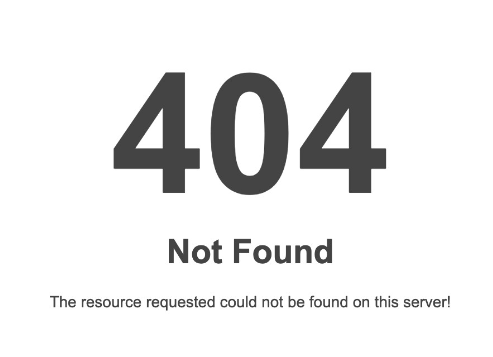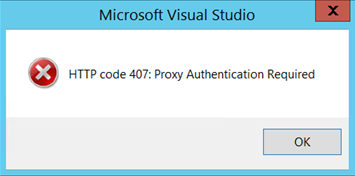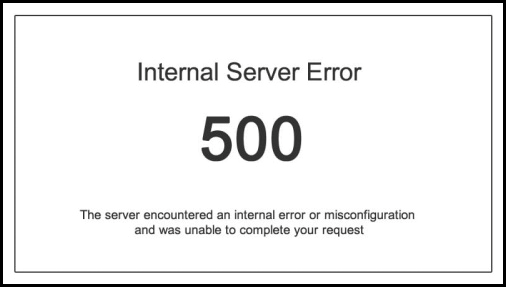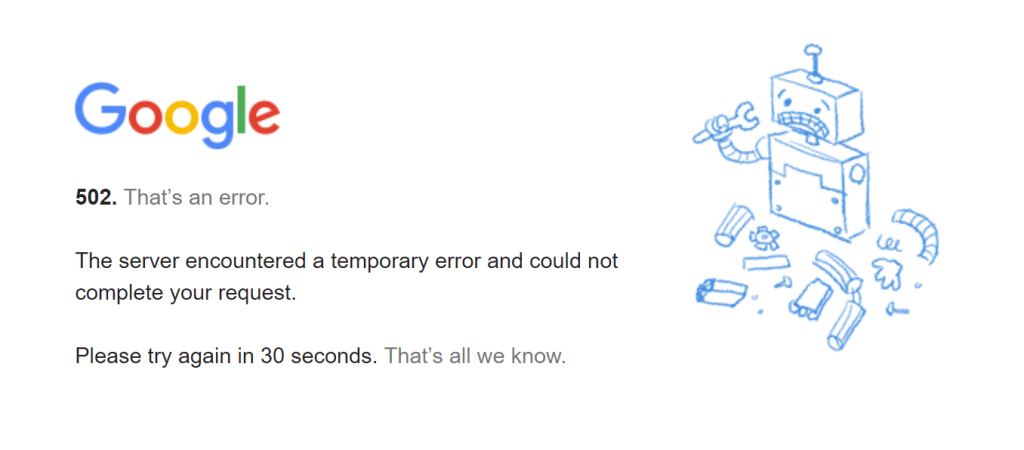
 en
en  Español
Español  中國人
中國人  Tiếng Việt
Tiếng Việt  Deutsch
Deutsch  Українська
Українська  Português
Português  Français
Français  भारतीय
भारतीय  Türkçe
Türkçe  한국인
한국인  Italiano
Italiano  Gaeilge
Gaeilge  اردو
اردو  Indonesia
Indonesia  Polski
Polski Nowadays, more and more people are using proxies to help keep them safe and hidden while web browsing.They work as a middleman between users and the needed service, protecting their identity and doing several other important security tasks.
The use cases of proxies are not limited to simple anonymization but are also involved in such areas like web scraping, traffic arbitrage, e-commerce, etc. And that’s why resolving proxy issues is the must have information for any of the users that are working in these areas.
Unfortunately, proxy server issues can arise that can hinder a user’s ability to browse the web and maintain proper workflow. In that case the following information presented in the article will give indispensable insights how to operate proxies. So, let’s start with the guide.
Here are the main errors user might get:
This article will focus on the various proxy error messages, their meanings, and how to fix each one.
A user experiences proxy server code errors when a system cannot connect and communicate with the targeted server with whom there is an established connection and does not receive any response from it. The classification of the errors is very important to troubleshoot the issues with connectivity in future. As previously mentioned, some of them stem from configuration settings that are wrongly set, outage of a server, or attempts to gain access without permission. So, let’s now consider some of the main classes of status codes, which will help us to understand how to fix proxy errors.
The interaction with a web server generates some responses which get classified with the help of the HTTP status code and these responses. Each code is explained in detail according to different responses that the particular request action results in.
When dealing with proxy servers, understanding these code types allows an individual to understand the issues encountered and solve those in a more efficient manner.
Now we will go through each of the most common proxy server errors and offer working solutions to each of them on the upcoming blocks.

In this case, the problem is that the request made to the server is not properly framed. In addition, the syntax that was used is incorrect. To remediate, verify that the syntax is correct, verify that the URLs assigned are correct, and ensure that the data payloads are properly encoded. These measures will address issues related to syntax errors that prevent the server from processing the request.

A 403 proxy error may occur due to improper configuration of file permissions, errors in .htaccess file, or conflicts between different plugins of WordPress.
Troubleshooting a 403 error could involve setting file permissions anew, rolling back .htaccess file, turning off plugins, or reaching out to the hosting provider for help.

The 404 proxy error, one of the most widespread internet prevalent error codes, points to the failure of the server to locate a requested resource. Fixing the URL or checking to see if the server does have the resource are the basic solutions to this issue.

A 407 proxy error indicates that authentication with the server is required but has not been completed. To fix this error, users have to provide valid authentication credentials and make sure there are no typos in it. Also, it’s recommended to ensure if your authorization method is correct and the provider gave you these credentials.

The issue of 500 proxy errors indicates that a server issue has occurred which hinders it from addressing the request. This usually suggests a problem on the server.

An overload of too many simultaneous requests or heavy server traffic can result in a 502 bad gateway error. A server can also take an exceptionally long time to complete a request which can result in the proxy or gateway server displaying a 502 proxy error. The solutions for this problem are the same as for the aforementioned 500 errors.

This 504 proxy status error could be related to issues with your browser or deeper problems with your software as well as website or service server issues. You can try to use common 500 error recommendations, and also try to change the DNS server to another one. Using this article you can find the top 10 DNS servers.
Systematic methods – that’s what you need when facing error status codes on your screen. Measures below help achieve correct configurations of the server, stable connections, effective addressing of errors, and restoration of proper functioning of the system. So, the next blocks will provide practical guidelines and advice on how to resolve some of the most common problems if proxies are not working due to the errors mentioned above.
It’s not a secret, connectivity will be seamless once you ensure that your proxy is configured correctly. While performing these checks ensure that IP addresses, port numbers, and even authentication details entered are all correct to provider provided data. To prevent mishaps, regularly monitoring and refining these settings are important.
Saved cookies and cache, if not regularly cleared can result in connection problems particularly due to corruption or being outdated. Furthermore, proxified connections can be made more reliable by regularly clearing these files from browsers. Follow this guide to find out how to clear cache and cookie files in popular browsers. This is a straightforward remedy that can restore connectivity and enhance browser performance.
Old browsers tend to bring in compatibility issues when working with modern proxy protocols as well as security standards, consequently not working proxy server code errors can be seen. To avoid these complications, always use the latest version of browsers. Usually, updates are coming automatically for most of the browsers, but to be sure, just check it manually from time to time.
Although extensions serve many purposes, they can complicate the use of proxy connections. Extensions can at times make proxies ineffective. Go over extensions that are outside your daily activities and attempt to delete them. In particular, extensions that change the network requests or manage data traffic. This, indeed, can help in isolating issues and clarifying whether an extension is the source of the problem or not.
If after following all the recommendations above proxy servers not working, it is advisable to seek out your service provider. Technical support can offer more specific guidance and advanced troubleshooting based on their understanding of their infrastructure and your usage patterns. In most cases, using online chat will be preferable as it will provide you with instant support and solutions.
To sum up, there are alot of different errors that you might face when dealing with proxies. We have discussed it in this article though. But now, you are ready to resolve them and not to worry if they arise. It really is simple to maintain security online with unfettered access to the internet by understanding and knowing how to resolve the most basic errors with proxies.
Comments: 0